In the morning we went for a walk along one of the trails that leads into the Reserve - Sendero Palma Roja (Path of the Red Palm). Our guide, Sulema, explained how this complex ecosystem works. She pointed out different plants and insects as we walked.
One of the trees we saw was the Kapok tree (Ceiba pentandra) with its amazing buttresses which can reach up to 3 meters in diameter. This is an emergent tree which reaches above the canopy. We also got to swing on a rope hanging from a tree, much to the delight of the French boys.
One of the many interesting plants we saw was the Walking Palm (Socratea exorrhiza). This is a palm native to rain forests and can grow up to 25 meters in height. It has unusual stilt roots. No one actually knows what they are for. John H. Bodley suggested in 1980 that they in fact allow the palm to "walk" away from the point of germination if another tree falls on the seedling and knocks it over. If such an event occurs then the palm produces new vertical stilt roots and can then right itself, the original roots rotting away. This is what our guide believed and it does make a good story.
Other theories: Other advantages of stilt roots over normal roots have since been proposed. Swaine proposed in 1983 that they allow the palm to colonize areas where there is much debris (for example, dead logs) as they can avoid it by moving their roots. Hartshorn suggested in 1983 that stilt roots allow the palm to grow upwards to reach light without having to increase the diameter of the stem. The roots make the palm more stable and therefore allow it to grow taller and more quickly than if they did not possess them. They also allow the palm to invest less biomass in underground roots than other palms, therefore leaving more energy to be used in growing above ground. It was also thought that the roots may be an advantage when the palm is growing on a slope, but no evidence has been found that this is the case.
Although the stilt roots are open to many interpretations, the tree itself has many uses. It can be used in the construction of houses and hunting spears, can be hollowed out and used as a tube. The roots can be used to make tea to treat hepatitis. The fruits can be eaten.
There were so many other things that we saw. It would be wonderful to be able to say more about them. Unfortunately, not being a naturalist, I cannot. As I did not write this entry up immediately I have forgotten so much of what we saw.
That evening we returned to Laguna Grande for another cruise and explored other parts of the lake.
We had a special moment in the evening when one of the guides came in with a tarantula which had been found in Sulema's room. She was quite happy to have it removed. The young Danes were very vocal about it and the rest of us quite happy that our rooms had not been chosen for its visit.
Sendero Palma Roja
Tuesday, February 18, 2014
 Cuyabeno, Ecuador
Cuyabeno, Ecuador
Other Entries
-
1Ups and downs
Feb 0513 days prior Quito, Ecuadorphoto_camera2videocam 0comment 1
Quito, Ecuadorphoto_camera2videocam 0comment 1 -
2Quito: World Heritage Site
Feb 0612 days prior Quito, Ecuadorphoto_camera40videocam 0comment 0
Quito, Ecuadorphoto_camera40videocam 0comment 0 -
3The Glory that is the Galapagos.
Feb 0711 days prior Santa Cruz, Ecuadorphoto_camera24videocam 0comment 0
Santa Cruz, Ecuadorphoto_camera24videocam 0comment 0 -
4Floreana Island and its Recovery
Feb 0810 days prior Floreana, Ecuadorphoto_camera41videocam 0comment 0
Floreana, Ecuadorphoto_camera41videocam 0comment 0 -
5South Plaza Island
Feb 099 days prior Puerto Ayora, Ecuadorphoto_camera28videocam 0comment 0
Puerto Ayora, Ecuadorphoto_camera28videocam 0comment 0 -
6Santa Fe
Feb 108 days prior Galapagos, Ecuadorphoto_camera18videocam 0comment 0
Galapagos, Ecuadorphoto_camera18videocam 0comment 0 -
7Charles Darwin Research Center
Feb 117 days prior Santa Cruz And Isabella, Ecuadorphoto_camera51videocam 0comment 0
Santa Cruz And Isabella, Ecuadorphoto_camera51videocam 0comment 0 -
8Dave climbs Sierra Negra
Feb 126 days prior Isabela, Ecuadorphoto_camera48videocam 0comment 0
Isabela, Ecuadorphoto_camera48videocam 0comment 0 -
9A Tortoise Stampede
Feb 126 days prior Isabela, Ecuadorphoto_camera73videocam 0comment 0
Isabela, Ecuadorphoto_camera73videocam 0comment 0 -
10Los Tuneles
Feb 135 days prior Isabela, Ecuadorphoto_camera33videocam 0comment 0
Isabela, Ecuadorphoto_camera33videocam 0comment 0 -
11A long travel day.
Feb 144 days prior Quito, Ecuadorphoto_camera5videocam 0comment 0
Quito, Ecuadorphoto_camera5videocam 0comment 0 -
12The Market in Otavalo
Feb 153 days prior Otavalo, Ecuadorphoto_camera16videocam 0comment 0
Otavalo, Ecuadorphoto_camera16videocam 0comment 0 -
13Cold and High
Feb 162 days prior Cotopaxi, Ecuadorphoto_camera63videocam 0comment 0
Cotopaxi, Ecuadorphoto_camera63videocam 0comment 0 -
14Reaching the Lodge
Feb 171 day prior Cuyabeno, Ecuadorphoto_camera40videocam 0comment 0
Cuyabeno, Ecuadorphoto_camera40videocam 0comment 0 -
15Sendero Palma Roja
Feb 18 Cuyabeno, Ecuadorphoto_camera53videocam 0comment 0
Cuyabeno, Ecuadorphoto_camera53videocam 0comment 0 -
16Siona Coummunity of Puerto Bolivar
Feb 191 day later Cuyabeno, Ecuadorphoto_camera86videocam 0comment 0
Cuyabeno, Ecuadorphoto_camera86videocam 0comment 0 -
17Canoeing in Laguna Canangueno
Feb 202 days later Cuyabeno, Ecuadorphoto_camera49videocam 0comment 0
Cuyabeno, Ecuadorphoto_camera49videocam 0comment 0 -
18Hazardous travel to the bridge
Feb 213 days later Quito, Ecuadorphoto_camera7videocam 0comment 0
Quito, Ecuadorphoto_camera7videocam 0comment 0

 Cuyabeno, Ecuador
Cuyabeno, Ecuador

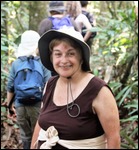
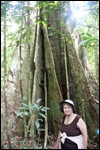


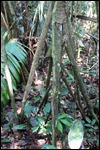
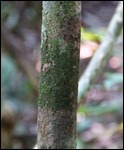
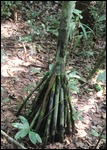
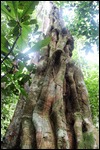
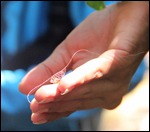
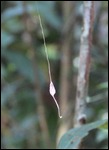

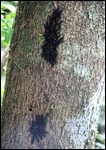

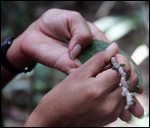


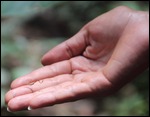
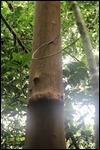




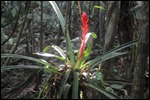

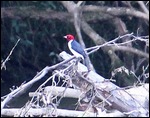
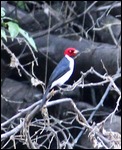
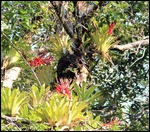
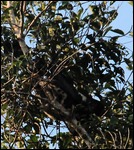
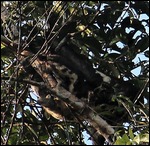

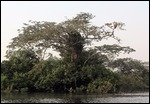
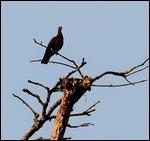
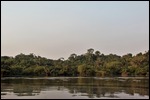
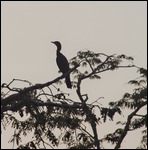
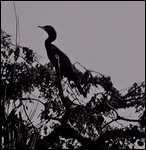
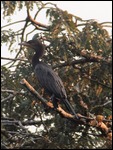
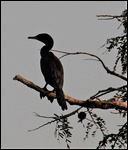
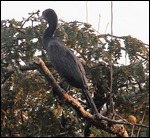
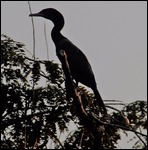


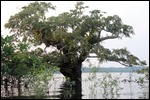
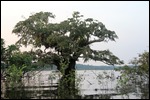
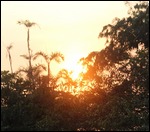



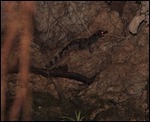
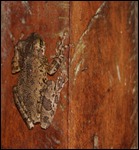

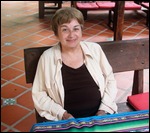
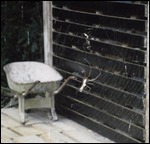
2025-05-22